
11 Classics of the New Gothic Canon
Emily Fridlund on Stories That Dwell in the Shadows
I was a child who ached to see ghosts. I imagined the bedroom furniture had been rearranged by invisible hands, that the woods behind my house recorded the tread of wandering dead people. Because I was basically safe and well-loved, it was a form of ecstasy to be scared. I wanted very badly for there to be wrinkles in the known world—a rush of magic, of mystery—so I read a good dose of R.L. Stine, V.C. Andrews, and Stephen King.
Though I learned to love reading by reading these books, I later forgot almost entirely about them. By the time I was in high school, I’d grown self-conscious about the columns of mass-market paperbacks stacked in my basement room. Plus, I’d fallen for the music of the sentence. Virginia Woolf and Toni Morrison seemed to occupy not just a different genre from Stephen King, but a different medium altogether, a different universe. Still, all those years spent curled up in a damp basement with mystery and horror novels had left their mark, and when I began drafting my own stories as a young writer, I found the tug of secrets, or of the unspoken past, preoccupied me.
The mystery, the detective, and the horror novel all find a common root in the Gothic fiction of the 18th century. This became clear to me not long before I started writing my first novel, when I found myself reading for school Horace Walpole’s stagey, surreal The Castle of Otranto and Ann Radcliffe’s gloomily overwrought The Mysteries of Udolpho. The shared ingredients of early Gothic fiction were clunky: the virginal maiden, the perverse tyrant, the crumbling castle. Gothic fiction was seen as pretty trashy even in Radcliffe’s time, light reading for sentimental girls, and yet these novels deeply influenced so many writers to come, including Henry James and Edgar Allan Poe, and in turn, Stephen King and Shirley Jackson. What was, and remains, so potent about Gothic fiction is the way it cultivates the readerly ecstasy of standing outside oneself by being afraid. Such dislocation is not only pleasurable, but also unsettling in ways that can be both psychologically and socially illuminating. (It’s no accident that the protagonists of these books are frequently female, and outsiders.) What Gothic fiction gets right is the unspoken as a powerful engine of storytelling.
There is no crumbling castle in my first novel History of Wolves. The virginal maiden is a scrawny outcast living off the land in the northern Minnesota woods. The villain or villains are ordinary middle-class people doing what they think is best for the people they love. The secrets of the book are supernatural only in the sense that death itself, especially of a very young person, feels so unnatural as it unfolds. But the extent to which the novel cultivates in readers a feeling of being haunted by what goes unsaid—along with the awful thrill of secrets surfacing—is the extent to which History of Wolves owes a debt to the Gothic elements that so deeply infused my early reading obsessions. Here, then, are eleven (mostly contemporary) Gothic tales that unsettle and illuminate in the best ways.
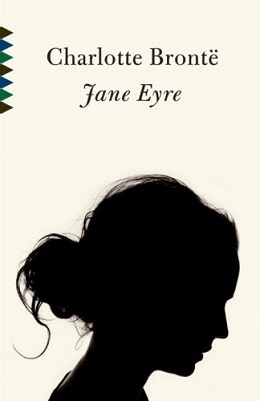
Jane Eyre, Charlotte Brontë
For me, Jane Eyre will always be the quintessential Gothic novel. We follow plain, poor, orphaned Jane to her scut job as a governess in a big English house—the kind of rambling place that keeps its secrets imprisoned, quite literally, within its attic walls. What feels so fresh and contemporary about the book is the tenderly flirtatious rapport established between Jane and her employer, Rochester, and in particular the sparkling ferocity that Jane maintains in the face of Rochester’s heated appeals. Virginia Woolf famously slammed Charlotte Brontë for wearing her heart too much on her sleeve in Jane Eyre, but to me it is precisely the unabashed politics of yearning in this book that makes it so propulsive even now.
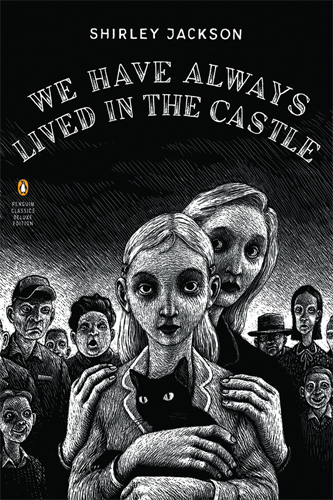
We Have Always Lived in the Castle, Shirley Jackson
This is Shirley Jackson’s last and most exultant novel. It is told in the vividly unreliable voice of “Merricat,” the younger sister of Constance Blackwood—who may or may not have murdered most of the rest of their family. The two sisters and one surviving uncle live in isolation in the old family house, growing much of their own food and keeping mostly to themselves. Their Gothic idyll is punctured when a greedy cousin arrives from out of town, but his effect is only to force the two sisters inward even more. The house becomes their castle; the sisters choose to lock themselves inside. The brilliance of this book comes in its hair-raising and wholehearted celebration of the rejection of all human society. It is a revolutionary refusal, one in every sense of the word: to accommodate, to explain, to respond.
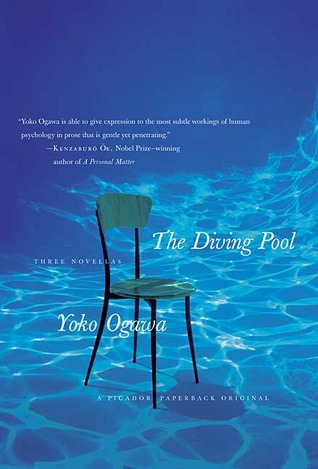
The Diving Pool, Yoko Ogawa (tr. Stephen Snyder)
Yoko Ogawa’s three perfect novellas in The Diving Pool have the lulling, disturbing effect of ghost stories without ghosts: there is always something just out of sight, something held off the page in deference of ambiguity. This is a universe made out of the unspoken and the unspeakable. A teenage girl becomes obsessed with her foster brother, a diver; a woman compulsively records the details of her sister’s pregnancy in a diary; another woman returns to her college boarding house, now run by a man with no arms and only one leg. Without being flashy, Ogawa’s language—even in translation from the Japanese—is so precise that every sentence seems to convey both its own meaning and also the black matter of all that can’t be measured in words.
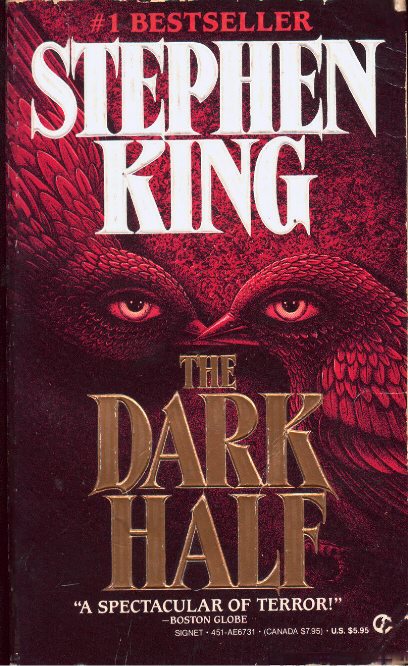
The Dark Half, Stephen King
I read and loved other books by King, especially The Shining and The Stand, but it was The Dark Half that most fully captured my imagination when I was young. The plot follows a well-regarded writer whose horror-writing pseudonym, after being put to rest, apparently takes on a vengeful afterlife of his own. I remember reading The Dark Half in bed at night, unable to move to turn the page or switch off the light, for fear that the book’s dark horrors would somehow detect the movement and heat of its reader. This is what makes the book so delightfully chilling: it transforms reading itself into a haunted act. The Dark Half works its magic as a perversely meta book, a novel about the horror of writing and reading novels.
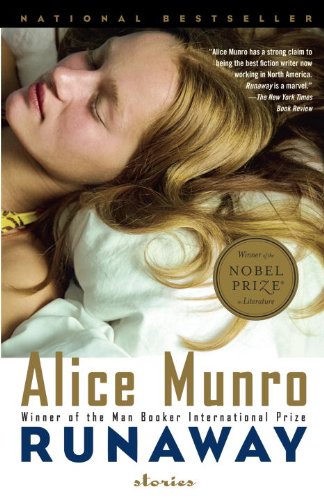
Runaway, Alice Munro
Alice Munro has long been associated with Southern Ontario Gothic. On the surface, her marvelous short stories derive their tensions from conventional small town life. And yet just beneath the surface of Munro’s steady prose (and the humble dialogue of her characters) is the churning energy of what can’t or won’t be said out loud, and this can make her fictional world feel otherworldly, haunted around the edges. Runaway’s titular story is Gothic in structure: a wife plans to escape from her aggressive and controlling husband. At the crisis of the story is a runaway goat, “whose appearance out of the fog seemed…more and more magical.” It is Munro’s reworking of ordinary moments like this into unlikely occasions for the sublime that makes her work so extraordinary.
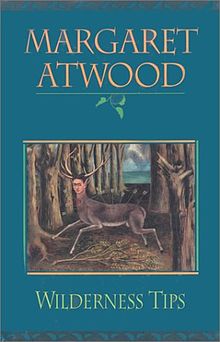
Wilderness Tips, Margaret Atwood
Another Southern Ontario Gothic writer, Margaret Atwood has experimented with the Gothic form in novels like Alias Grace and The Blind Assassin. But for Gothic dread I like her stories even better: Wilderness Tips expertly evokes the fear of past mistakes and of emotionally charged places. “Death by Landscape” is a near-perfect example of the way a Gothic setting often takes on so much psychological charge that it seems to act on the characters as a villain itself.
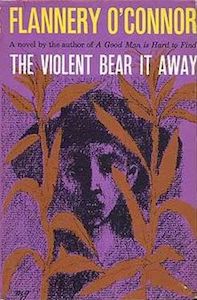
The Violent Bear It Away, Flannery O’Connor
The Violent Bear It Away is Flannery O’Connor’s second and last novel. It follows a young boy attempting to escape the prophesy that he himself will become a prophet. Here, as in so much of her writing, O’Connor is dead serious even as her prose offers a curiously light touch, her distinctive combination of whimsy, wit, and despair. The Violent Bear It Away is a classic example of the Southern Gothic, yes, but what makes O’Connor so uniquely O’Connor in this book is the flickering heat of her language, her sentences somehow converting murder into baptism. O’Connor’s genius is in the way she reassembles the old Gothic materials—ruins, violence, death—to jolt us into transcendence.
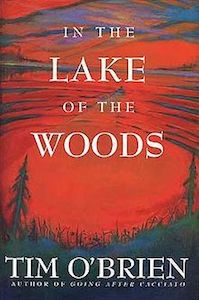
In the Lake of the Woods, Tim O’Brien
This dazzlingly disquieting novel is set in my home state of Minnesota. O’Brien’s protagonist John Wade is vacationing in the remote Northwest Angle after a failed senate campaign when he wakes up one morning to find his wife missing. Deliciously, infuriatingly, O’Brien offers several competing explanations for Kathy Wade’s disappearance. He effectively uses the narrative engine of her vanishing—a secret kept even from the reader—to overfill the gaps, to advance a postmodern uncertainty about the stories we tell ourselves and others.
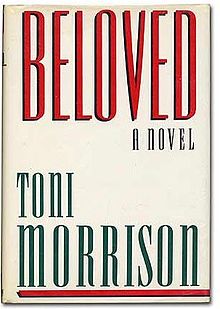
Beloved, Toni Morrison
Inside my paperback copy of Beloved is the inscription: “To Emily on her 15th birthday. Love Dad.” Beloved was the Rubicon in my reading life. After I read Morrison’s sentences I couldn’t go back: all English sounded different to my ear after that day. It was only many years and many books after my 15th birthday that I realized the obvious: the novel that taught me to love sentences was, like so much of my earlier reading, a ghost story, too. Set in an African American community in Ohio in the aftermath of the Civil War, Beloved traces the crooked folds of history and the profoundly human hauntings that occur when a past cannot be—and should not be—forgotten. I would argue that there is no more important ghost story in the English language.
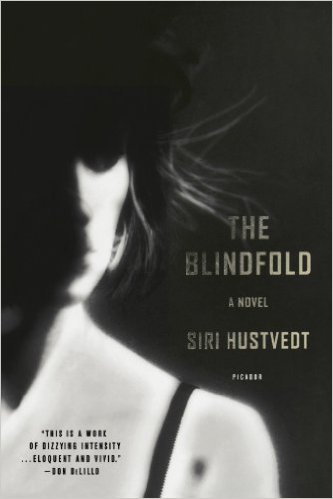
The Blindfold, Siri Hustvedt
Siri Hustvedt’s first novel is an assured, intricate, baffling puzzle. Four short narratives follow Iris Vegan, a graduate student from Minnesota, as she negotiates her impoverished life in New York City. Rural Gothic ruins are replaced here with urban Gothic streets, and in the first sections of the book, Iris finds herself subject to the obsessions of peculiar and faintly menacing men. In unadorned prose, Hustvedt offers a resonant meditation on intimacy, sexuality, art, and identity. In the final section, the grad student “maiden” ventures out into the city dressed as a man herself, and the novel’s eerily meditative stance reveals itself as subtle-yet-fierce feminist defiance.
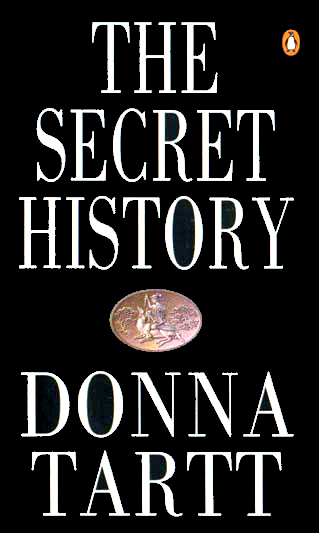
The Secret History, Donna Tartt
Tarrt’s first novel moves at a decadently slow pace. We learn at the very beginning that a murder has occurred, and so the book has been called a murder mystery in reverse, but what I love is the sheer bigness of this book, the meticulous and unhurried world-building. Tartt lets us luxuriate in her bucolic New England college setting. She lets us spend a lot of time with a group of unusual and tightly-knit students in an elite Classics program—as they grapple with both lofty and petty ideas about aesthetics—before we learn at long last how and why “Bunny” Corcoran died.
Emily Fridlund
Emily Fridlund grew up in Minnesota. She holds an MFA from Washington University in St. Louis and a PhD in Literature and Creative Writing from the University of Southern California. Her collection of stories, Catapult, was chosen by Ben Marcus for the Mary McCarthy Prize and will be published by Sarabande Books. She lives in the Finger Lakes region of New York. History of Wolves is her first novel.



















